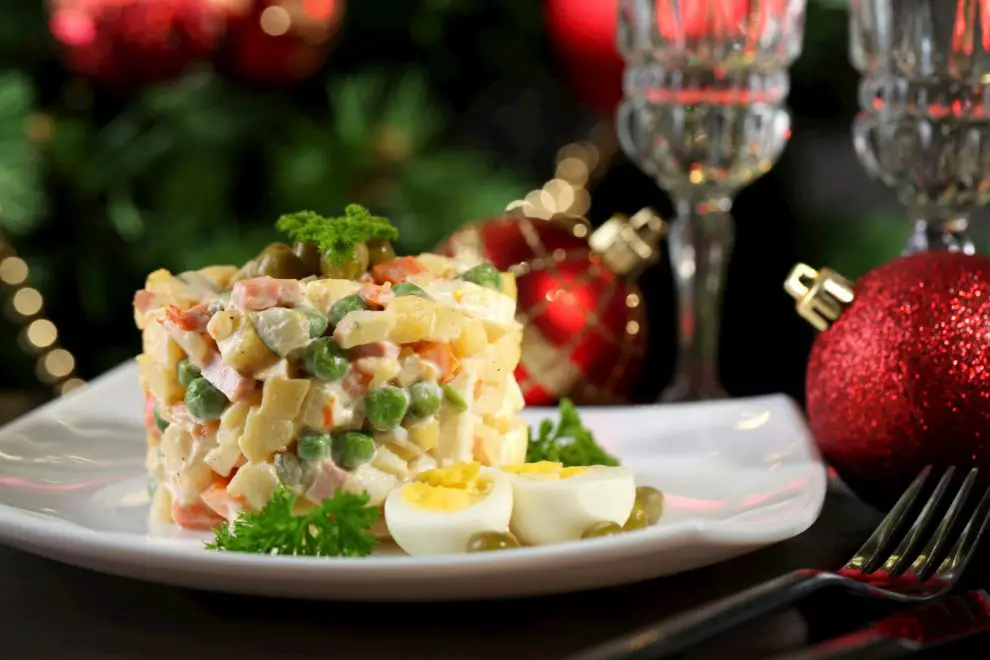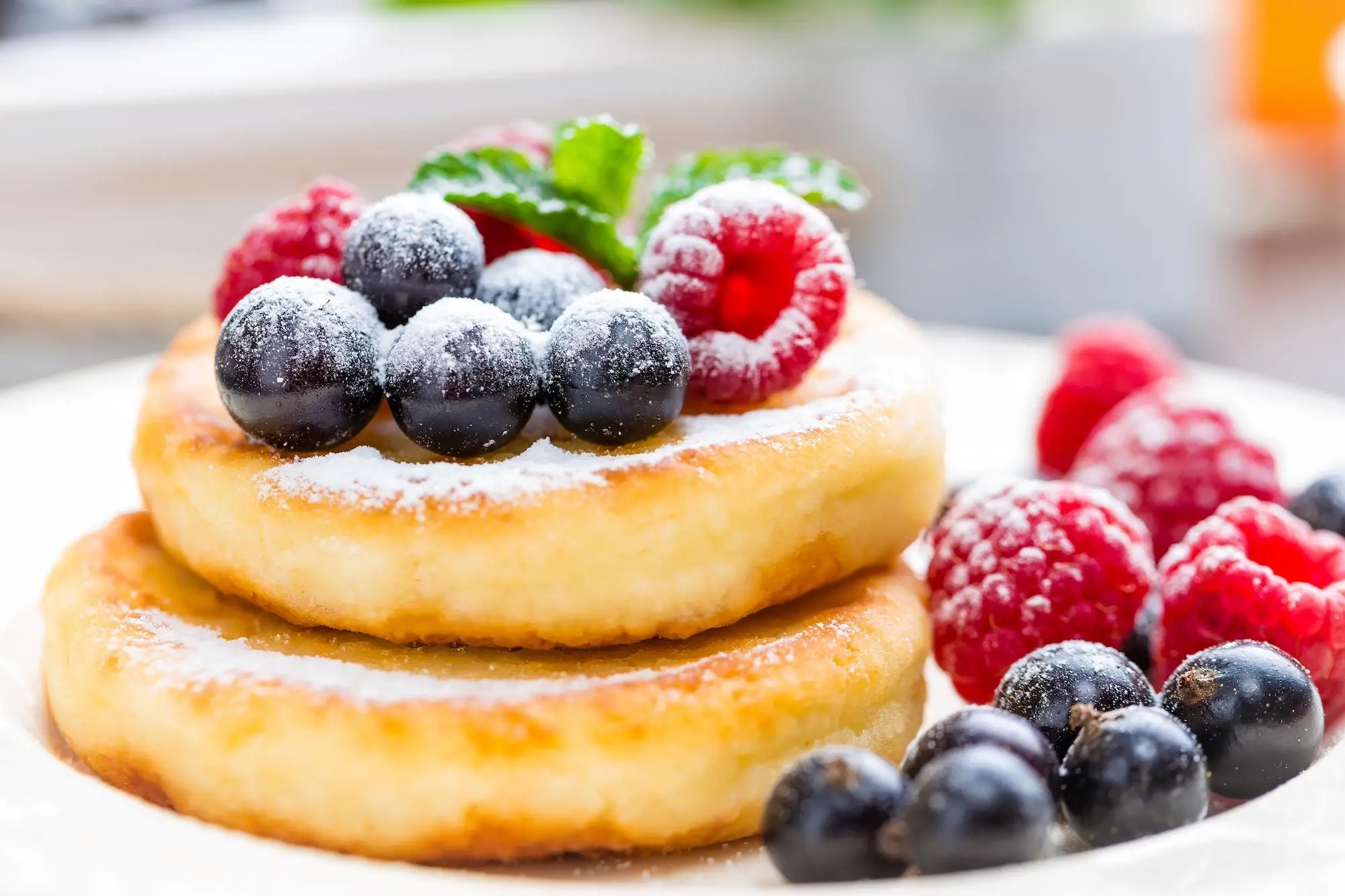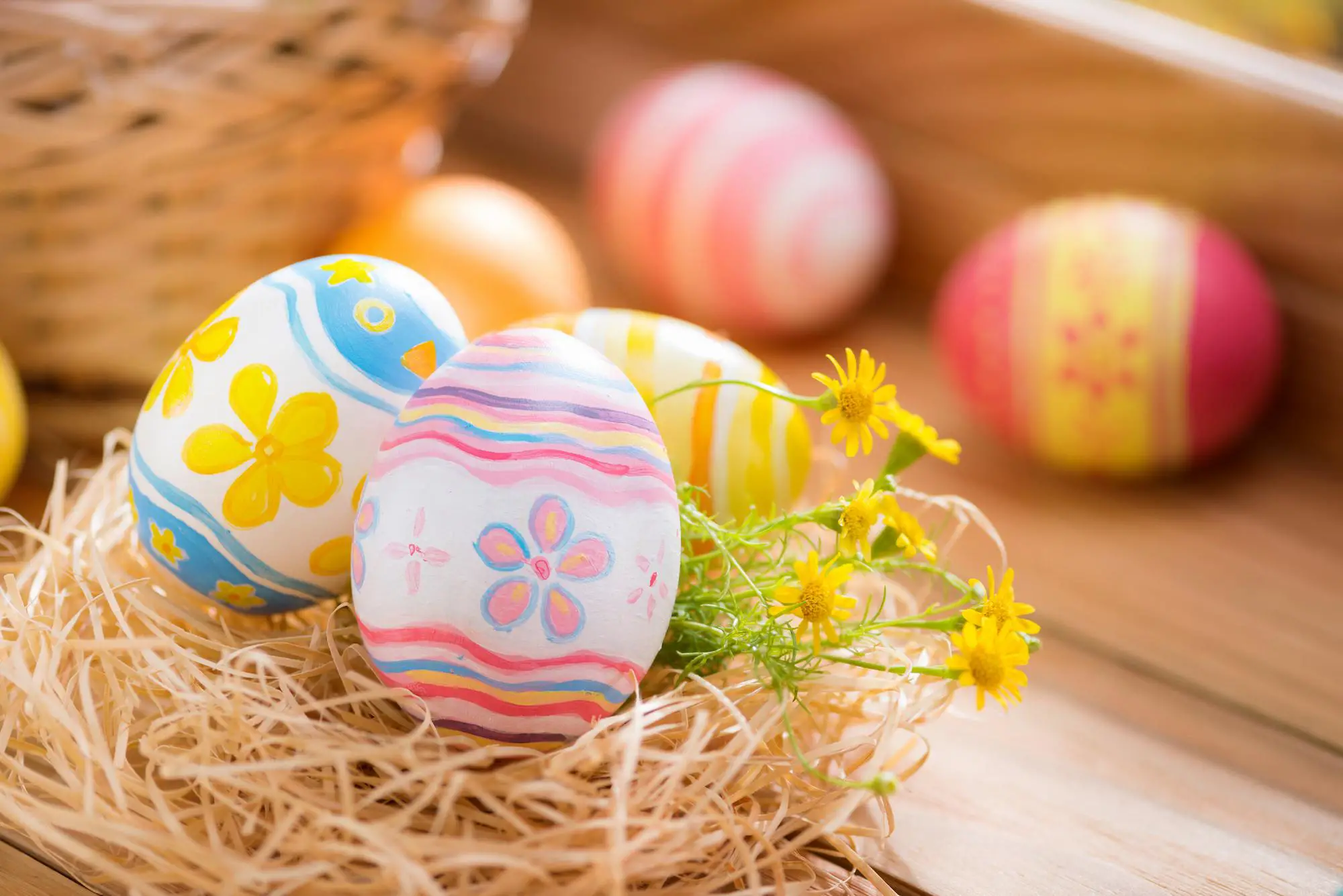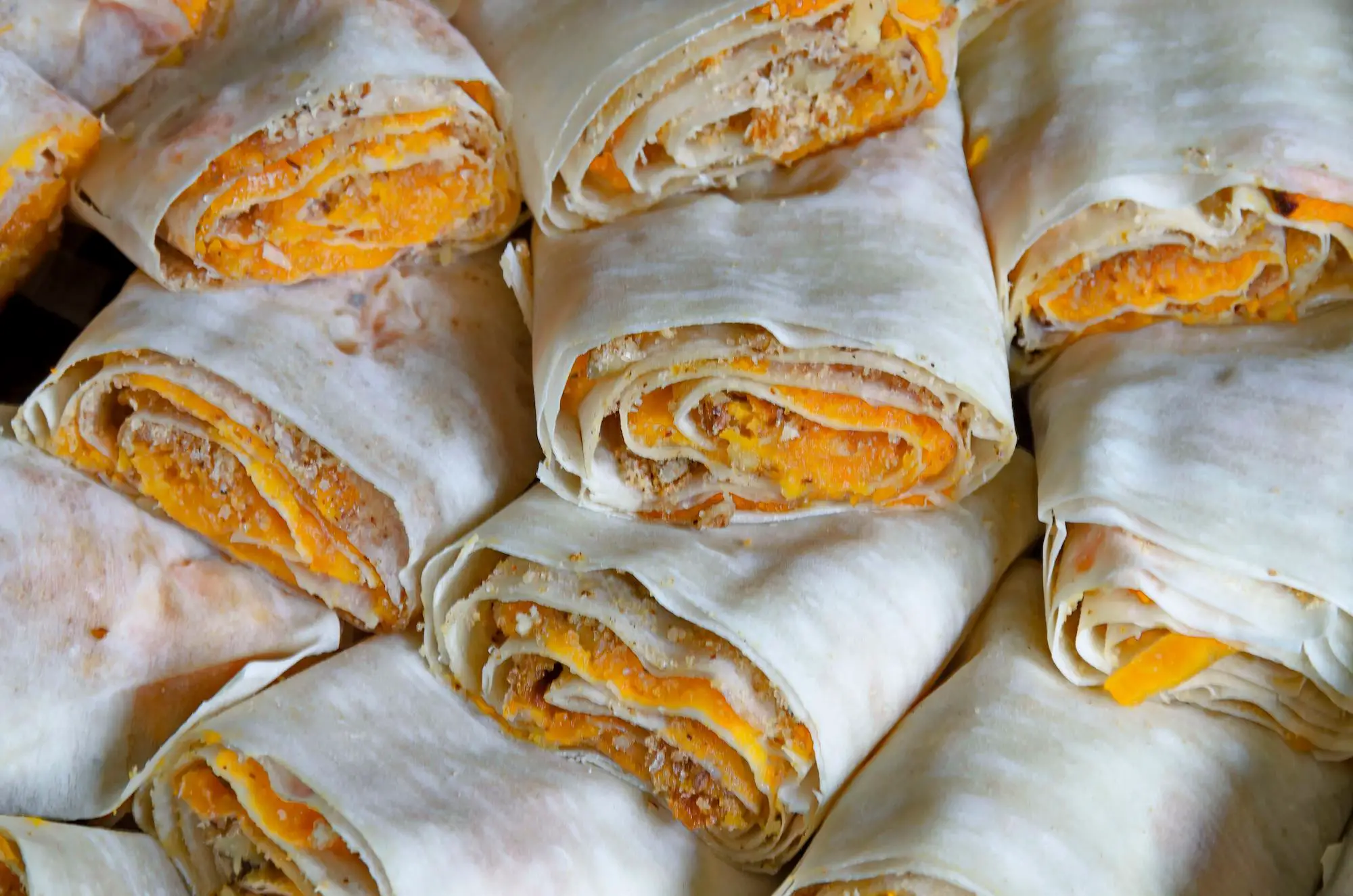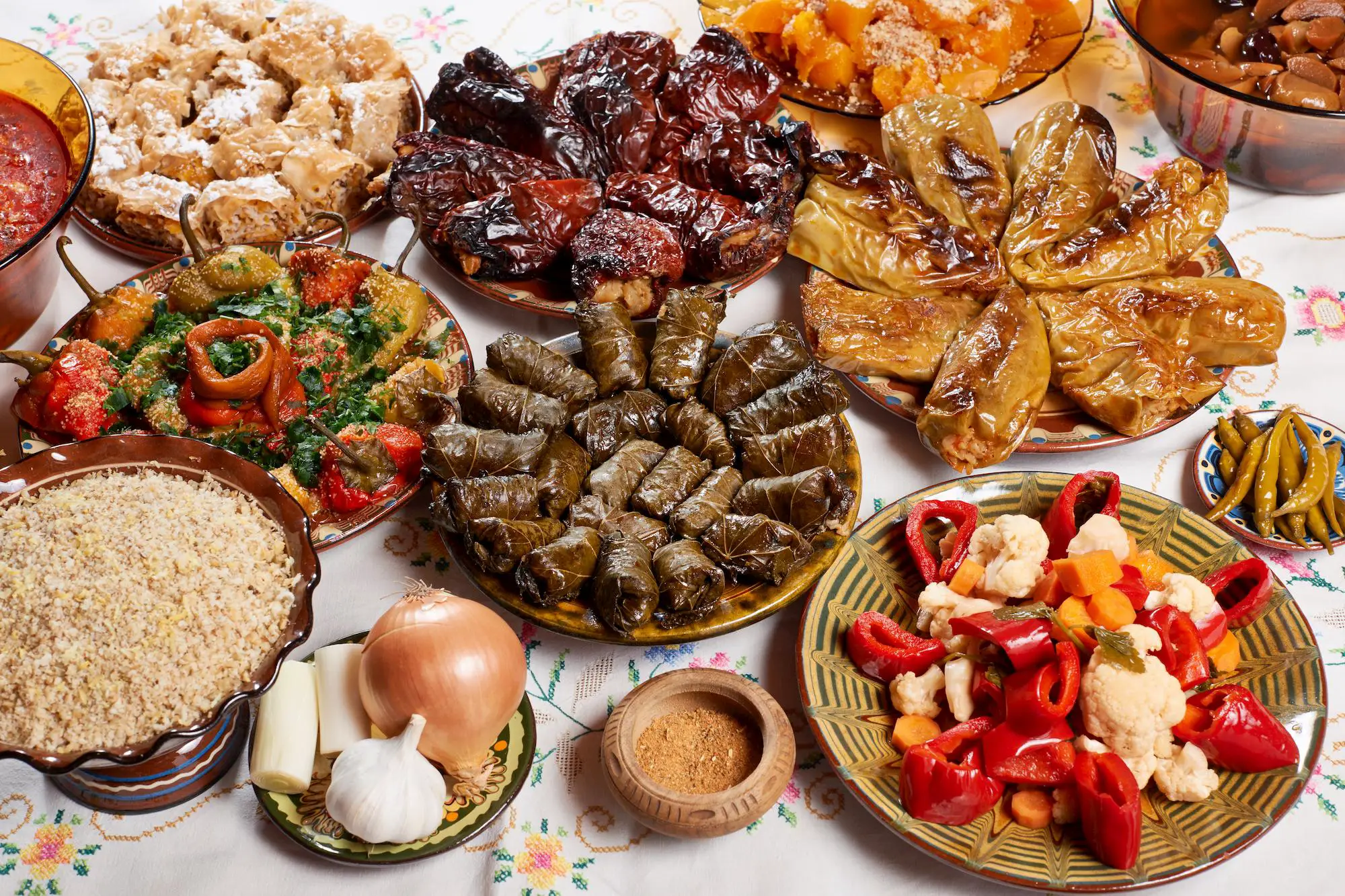Say Christmas and the images which immediately pop up in your mind are a snowy Christmas tree, Santa Claus, and… food traditions. Loads and loads of food on a long table which is a feast not only for the belly but the eyes as well.
There’s something irreplaceably cozy and special when it comes to Christmas food. Not only that at this time of the year we treat ourselves and our dearest with indulgences of every kind but the entire process of preparation and sharing of food during this holiday season is a real treasure.
For most of us, the Christmas dinner is associated with roast turkey, roasted potatoes, cranberry sauce, a variety of steamed or sauteed vegetables, mince pies, and a bounty of gingerbread biscuits, fruit puddings, and cakes.
However, food and traditions depend on specific cultures and their characteristics, therefore, different cultures display authentic recipes and rituals regarding festive food.
Apart from the common celebration practices in the West, Eastern Europe offers a different menu for Christmas.
The Russian historical timeline depicts Russia as a loyally Orthodox Christian country prior to the Russian revolution in 1917 and the fall of the Romanov dynasty which led to the foundation and rise of the Soviet Union when secularity and atheism became the rule.
The religious days in the calendar, such as New Year’s became national secular holidays and this practice and order was observed until the fall of the Soviet Union in 1991.
After this fall. the old Eastern Slavic tradition of celebrating Christmas returned in Russia and the religious spirit was soon restored.
Today, Christmas Day is observed on January 7 due to the fact that the Orthodox Christians observe the Julian Calendar. Christmas in Russia is a wonderful occasion to gather with family and friends, sing Russian Christmas songs, play games and taste the delicious food preparations that represent Russian Orthodox Christmas.
Here is a list of 11 Russian Christmas foods that you must try if you opt for Russian- style Christmas this year:
Table of Contents
Russia Christmas Foods
1. Priyaniki
Priyaniki can be described as spice or gingerbread biscuits that are fragrant, spicy, and delicious.
They are best when homemade, of course, and after the baking, each of the piryanki is stamped with a decoration made of soft icing sugar.
Some versions include a jam filling or dusted sugar. The shapes of the priyaniki depend on preference though they are usually cut like stars, hearts, snowflakes, Christmas trees and many other Christmas- inspired forms.
The priyaniki are usually served with a cup of a hot tea or a traditional sweet, hot, and spicy beverage called “sbiten”.
Related posts
2. Kutya
Kutya is a real imperative when it comes to Russian Christmas feast. This dish is also known under the name of “sochivo”.
Kutya is basically a sweet, fruity combination of cereal, dried fruits, and nuts in a bowl. Different types of grains such as barley, rice, or wheat are cooked and then combined with a generous portion of chopped dried apricots, figs, raisins, a bit of honey, and some spices such as nutmeg, clover, and cinnamon with an occasional addition of poppy seeds [2].
This dish is served at the very beginning of the Christmas- Eve dinner as a light starter that symbolizes the end of the religious lent days.
The family gathers and eats the kutya from the same bowl as a sign of unity and prosperity.
This dish is cooked in other parts of the world where Christian Orthodoxy is observed such as Lebanon, Palestine, Syria, Romania, Bulgaria, Serbia, and Sicily.
3. Peljmeni
Peljmeni are Russian dumplings traditionally made with meat though it can consist of variants of savory fillings.
The dough of the peljmeni is thin and unleavened and it is made of white wheat flour and water.
The meat filling includes ground pork and beef or lamb which is fried together with garlic and onions. The alternative, vega version includes sauerkraut and a mix of vegetables such as mushrooms, cabbage, and potatoes.
They are usually served with melted butter, red wine vinegar, and black pepper.
The peljmeni are commonly consumed as warm appetizers though some people also add them to soups or broths as rich nutrients.
4. Smetanik
This indulging layered cake is quite popular and in-demand at Christmas as it is made with simple ingredients that create a dessert worth to be enjoyed with a glass of sparkling wine though children love it too.
And what’s not to love? A combination of sugar, eggs, honey, and flour topped with a mouth-watering frosting made of sour cream (in Russian “smetana”, thus the name of the cake), cream cheese, vanilla, milk, and powdered sugar.
The cake is made in a deep pan and it is made the night before the festive occasion as it tastes better when let in the fridge overnight.
5. Vinegret
Vinegret is one of the oldest and most famous dishes in Russian cuisine. It was invented in the 19th century and its name refers to the condiment “vinegar”.
This etymology is, understandably, closely related to the dish itself as it contains a generous amount of fermented foods such as diced pickles, onions, and sauerkraut. Boiled and diced beets, carrots and potatoes are also added [1].
The vegetable mix is then seasoned with oil, salt, vinegar and mustard. The vinegret is usually prepared a day before serving and it is served on both Christmas and New Year’s Eve celebrations with a slice of Russian wholewheat bread, some sausages and herrings on the side.
6. Kulebyaka
Kulebyaka is a delicious salmon pie that contains a twist of flavors like butter, eggs, dill, salmon, rice/ buckwheat, mushrooms and onions are combined and then encased in a super-tasty crispy puff pastry.
This is a traditional Russian food preparation that was originally made back in the pre-revolutionary 1800s as a pesco- vegetarian option during the Russian Orthodox Lenten period.
7. Kurnik
There’s no traditional Russian Christmas feast without Kurnik. This dish is a variation of the well-known traditional pastry “pirog”.
The pirog is a pie made of dough which is then filled with savory or sweet ingredients. The kurnik, however, is made of a pastry shaped into a big dome that is filled with a combination of chicken (in Russian “kuritsa”, thus the name of the dish), mushrooms, eggs, sometimes rice and sauce and other ingredients by preference.
Kurnik is a Russian Christmas food that symbolizes prosperity and fertility and it has been served at celebrations and festive occasions for many years.
In the past, the famous Russian pancakes “blini” were also included in this dish and they were placed between the dough layers. Some versions of the kurnik were also decorated with pieces of dough.
The kurnik can be served as an appetizer, light starter, or as a side dish with a bowl of warm broth.
8. Kolyadki
Kolyadki are rustic Russian Christmas buns made with curd cheese. This sweet food is a very important element of one Russian Christmas ritual.
At Christmas Eve, in some of the rural regions, the villagers go on a traditional promenade in the village, going from door to door dressed as livestock and singing the carols known as “kolyadki”. The “kolyadki” are Christmas songs that have remained from the pagan Slavic folklore which celebrated the god Kolayad that personified the substantial transition from one season to another and the New Year’s cycle.
The villagers receive the Christmas buns which are made of rye flour and contain a filling of fresh curd cheese.
9. Kalach
Kalach is a traditional Eastern European bread most similar to brioche bread and it is commonly served during festive occasions.
In Russia, the kalach is braided white- flour dough in the shape of a circle. One part of it is thinner while the other one is much thicker.
Reportedly, the reason for this unusual shape is because it used to be a common “to go” food for workers who didn’t have time to wash their hands before eating. The handle was given to the poor and it was considered that only desperate people eat it, therefore, eating it symbolizes poverty even today.
10. Mazurka Fruit Cake
Russian Christmas does not include the ever- indulging Christmas pudding, however, in case you can’t go without the typical fruity- nut combination of dessert, we suggest you try out the Mazurka Fruit Cake.
The Mazurka Fruit Cake used to be considered everyone’s favorite on festive occasions. Nowadays, it is regarded as a typical Eastern European dessert that is favored only by true connoisseurs of traditional Russian cuisine.
Nevertheless, this cake is warmly recommended as it is a yummy combination of candied fruits and dried fruits drenched in cherry liqueur the day before the main preparation and then combined with chopped walnuts, sliced almonds and other typical cake ingredients.
Maybe 2 days of making sounds too long but Christmas is the time of the year when slowing down can also mean careful preparing of delicious food that may be enjoyed for days with your favorite company of people.
11. Berry Farmer Cheese
After a 2-day long cake preparation, here’s our suggestion for those who prefer a quickly fixed dessert on their Russian Christmas table.
Combine 2 cups of homemade or store-bought fresh farmer’s cheese with raspberry, black currant, or blackberry preserve and enjoy the burst of sour-sweet flavors that fit into a perfect dessert.
If you opt for a denser dessert then you can serve the berry farmer cheese as a topping on the “blini” Russian pancakes.







